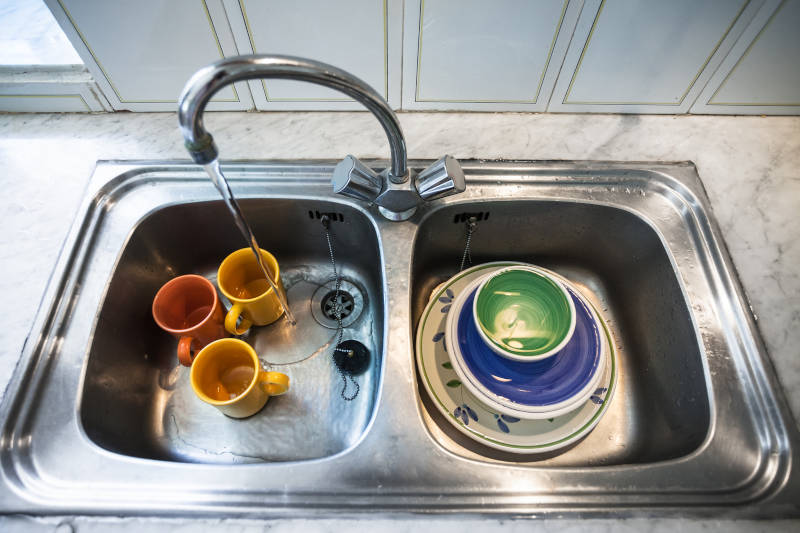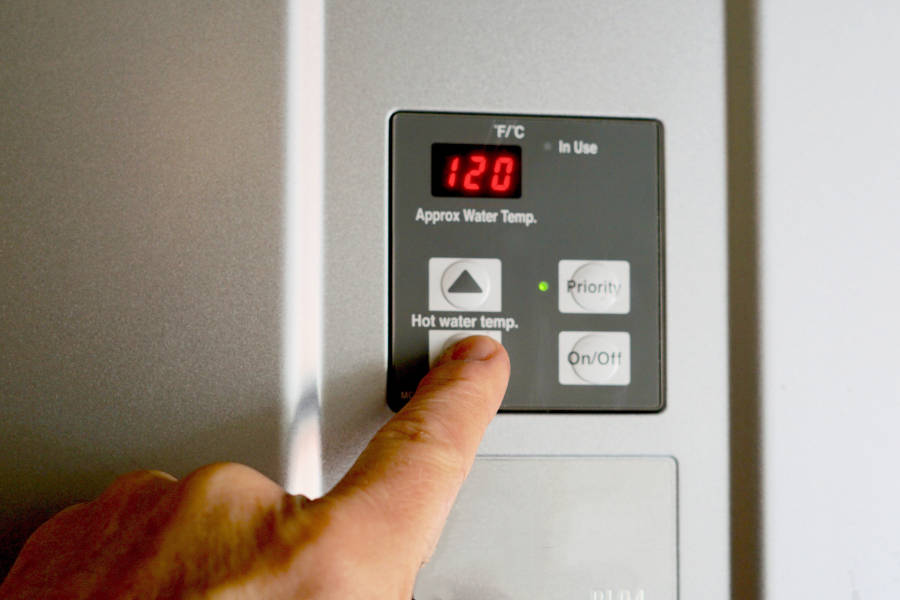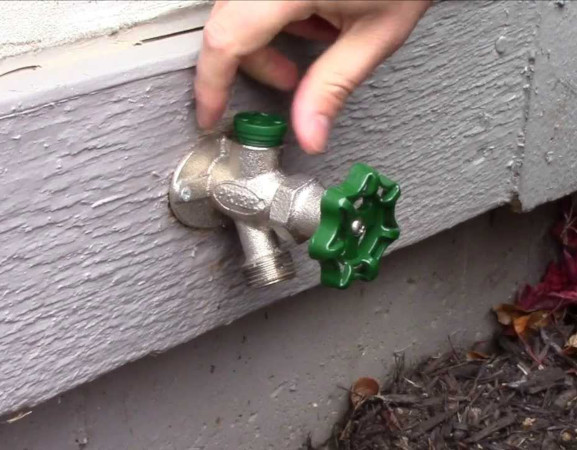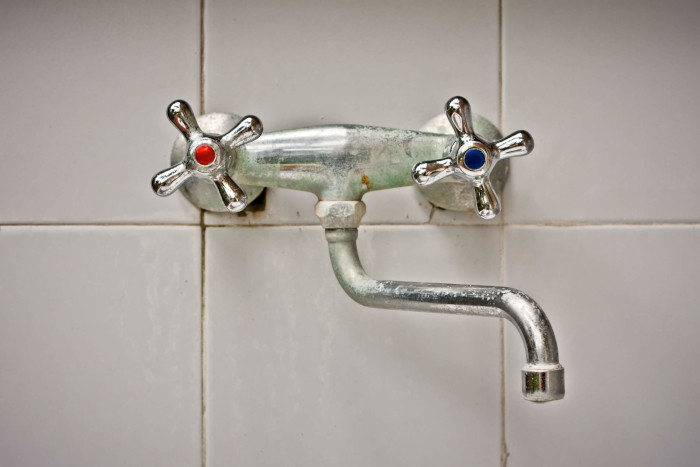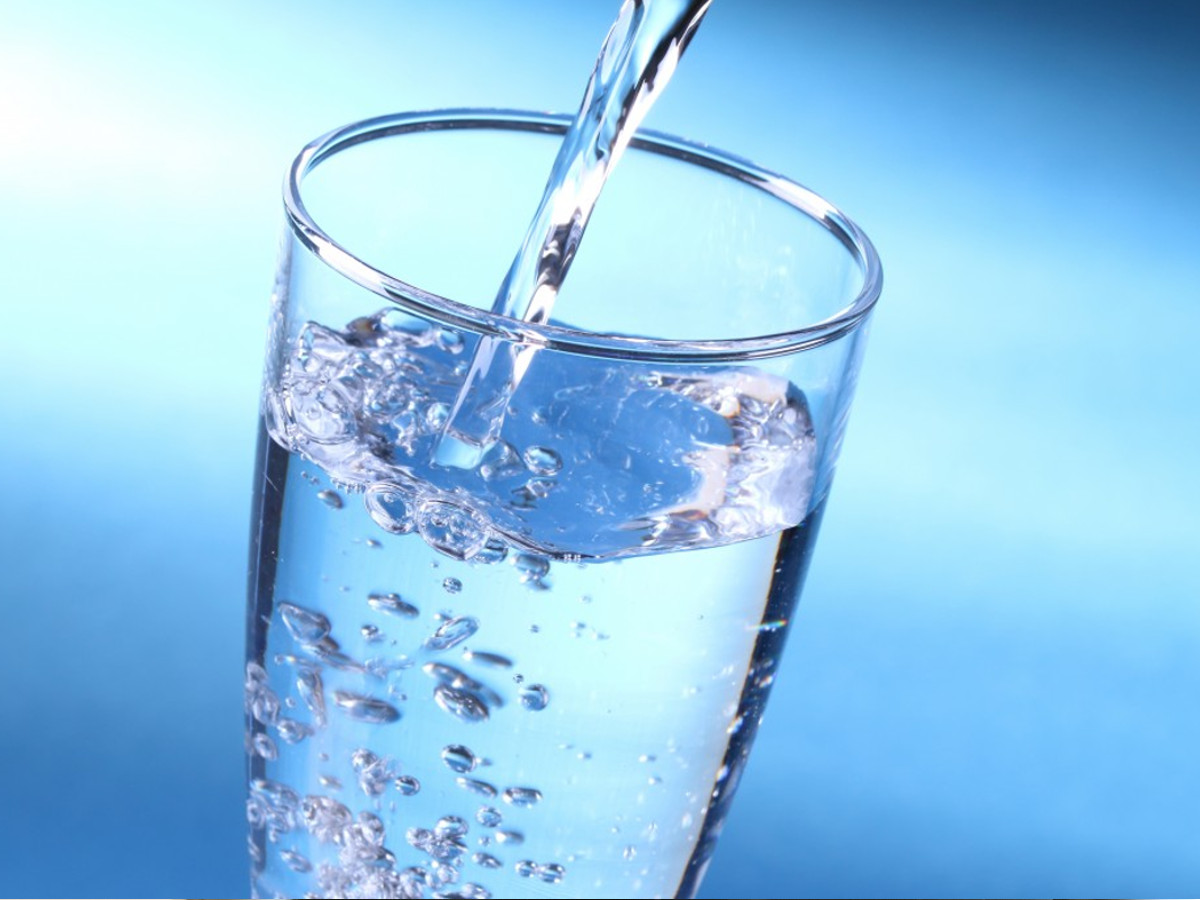3 Signs Your Sewer Line Is Clogged
The plumbing system is such an important part of the home, but there is a lot that can go wrong. Most people have experienced minor plumbing issues like a leaky faucet, but there are some issues that are much more serious than that. One of the more serious issues is when the sewer line gets clogged.
When we talk about a clogged sewer line, we are referring to the line that connects the drains in your home to the municipal sewers. If your sewer line gets clogged, this can cause significant problems for the drains in your home, and it can also make the home unsanitary.
With a clogged sewer line, you have an issue that needs to be fixed right away. To help homeowners identify this problem, we would like to look at some of the signs that can indicate a clogged sewer line.
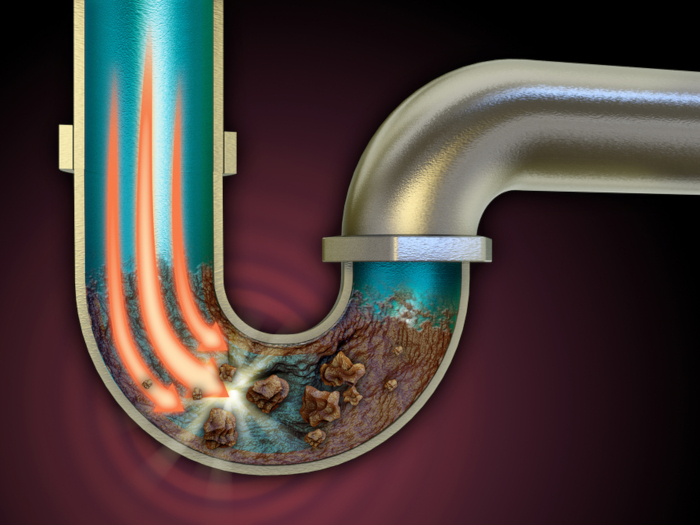
Backed-up Drains
Most people have experienced a single backed up toilet or a sink that won’t drain. These are common problems, and on their own, they are not a sign of clogged sewer line. However, if you have multiple drains that get backed up, this is one of the most obvious signs that there is a problem with your sewer drain.
All of your drains connect to a single line that carries your wastewater to the municipal sewer. If this single line gets clogged, it is going to have an impact on all of the drains. Usually, it will start with the drains that are closest to the ground. Toilets tend to be the first thing to get backed up, then you will notice tubs and showers getting backed up, and finally, it will reach the sinks if you do not get it fixed.
Drain Malfunctions
If you haven’t started to notice multiple drains that are getting backed-up, you might experience some other issues with the drains. The toilet might flush, but it has a weak flush or it does not drain all the way. You might also notice a gurgling sound or some bubbling when you flush the toilet.
Another issue is water backing up in other drains when you flush the toilet. As an example, you might flush the toilet and see water come up from the drain in the nearby tub. Some of the drains might also slow down when another sink, tub or toilet is draining. As an example, you might go to wash your hands after flushing the toilet and notice that the sink does not drain as quickly as it normally does.
Wastewater in the Sewer Cleanout
Most homes will have a cleanout connected to the main sewer line. In some cases, it is a fitting on the drain line in the basement or crawlspace, and in others, it might be a pipe outside the home that comes up vertically from the sewer line with an access point on or near the ground. These cleanouts usually have a special cover with a square nut at the top.
The purpose of the cleanout is to provide plumbers with access to the sewer line. If your sewer line is clogged, wastewater can go up into the cleanout pipe. If your cleanout is inside the home, it is not recommended that you try to open it while the water is backed up. Anything that is higher than the point of the cleanout will come out when you open it. However, if it is in the yard, you could open it to see if there is any water. Using a pair of pliers, grip the nut at the top of the cleanout cover. As you start to loosen it, pay attention to see is any water starts seep out. If so, tighten the cover back on and call a plumber.
A clogged sewer line is an issue that can’t wait and it won’t get better on its own. If you notice the signs of a backed up sewer line, you need to contact a plumber as soon as possible.

